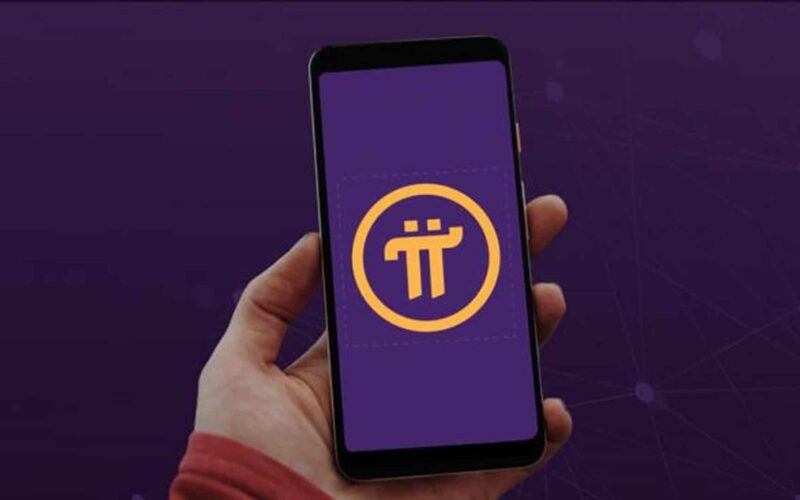Token PI experiences explosive start before plummeting in value: Volatility and insufficient liquidity revealed.
The launch of the native token of Pi Network made a explosive debut in the market, reaching a diluted valuation of $195 billion within minutes. This briefly placed PI ahead of giants like Solana, before experiencing a steep drop of over 50% in less than two hours.
Introduced at $1.70 this morning, the token quickly climbed above $2 before falling to around $0.93 currently. With a reported circulating supply of 6.3 billion tokens, PI’s actual market capitalization is now around $6 billion.
A controversial economic model: Viral marketing or pyramid scheme?
Pi Network, which claims to have 60 million users, has often been compared to previous viral projects like SafeMoon, known for its aggressive marketing tactics and incentivized referral systems.
To start mining PI tokens, a user must be invited by an existing member and can then go on to refer other users, generating additional rewards. This mechanism closely resembles multi-level marketing (MLM) or even pyramid schemes, where early adopters benefit disproportionately compared to newcomers.
Insufficient liquidity to absorb token volume
Despite its massive market capitalization, PI suffers from a glaring lack of liquidity on exchanges. The 2% market depth, a key indicator of market liquidity, fluctuates between $33,000 and $60,000 on OKX, the most liquid platform for this token. In other words, a simple transaction of tens of thousands of dollars would be enough to cause significant price fluctuations, making the market extremely volatile.
With a $6 billion market capitalization, a 2% price variation represents a $140 million change in market value, further adding to the project’s instability.
A risky token locking strategy
In an attempt to stabilize its market amid tensions between buyers and sellers, Pi Network proposes a token lock-up period of up to three years. Users who agree to lock-up their tokens benefit from a higher mining rate.
This model is reminiscent of Richard Heart’s HEX, which incentivized holders to lock their tokens in exchange for future returns. However, when HEX collapsed by 99% between 2021 and 2024, many investors saw their locked tokens become practically worthless.
Users verifying their peers’ KYC?
The KYC validation system of Pi Network raises serious concerns regarding reliability and data protection. By entrusting identity verification to users who have simply validated their own KYC, without any real expertise or strict oversight, the project exposes its users to major risks.
Firstly, the accuracy and integrity of the process become questionable: individuals without specific training are judging the authenticity of documents and faces, opening the door to errors and abuses. Secondly, the confidentiality of personal data is endangered. These verifications involve displaying videos or photos of faces in fullscreen, as well as excerpts from identification documents (the data on these documents should not be visible). This rudimentary approach contrasts with the high standards of traditional KYC solutions, which rely on advanced technologies and certified professionals to minimize the risks of fraud and privacy violations.
An uncertain future amidst volatility and liquidity challenges
The launch of PI highlights the risks of an overvalued yet thinly liquid token. The project’s impressive market capitalization contrasts with the lack of sufficient liquidity, exposing traders to abrupt price movements. Furthermore, its controversial economic model, based on sponsorship and incentivized token lock-ups, poses a risk of forced deflation and long-term collapse.
The essential question remains: can Pi Network surpass the buzz and prove its long-term viability, or will it end up like other viral projects with empty promises?




